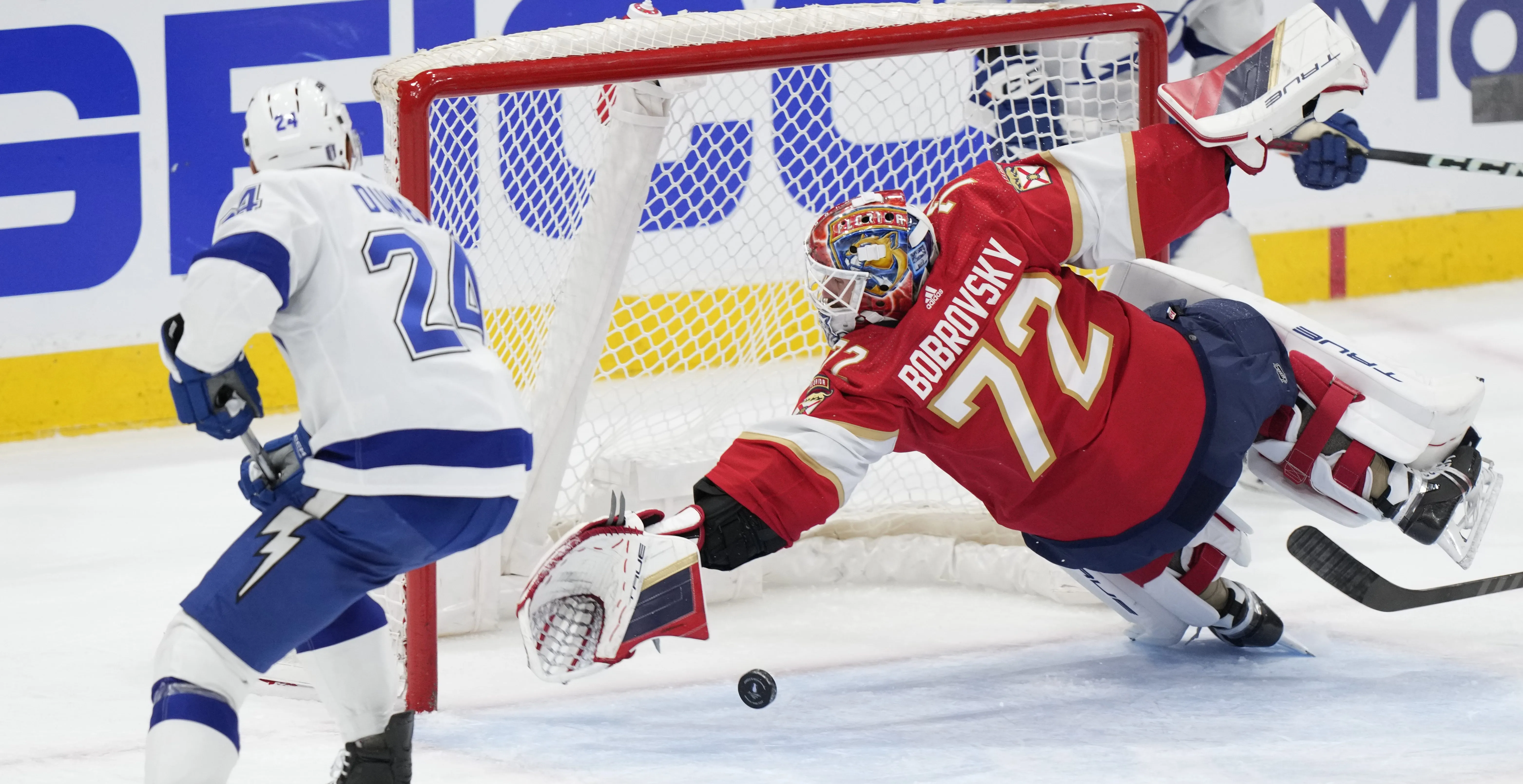When the news came down that Marian Hossa would miss the 2017-18 season, most first thoughts were about his health. But it was only natural to look at the business implications, and the possibility of Hossa going on long-term injured reserve (LTIR).
That would solve the Blackhawks’ cap issues, right? That would give them more money to spend, right? Well, not exactly. See, the LTIR can be a bit complicated. It can also be tricky to explain. And right now, even Blackhawks general manager Stan Bowman is trying to figure out how this all develops for the team.
“I think there’s a little bit of a misconception on the LTI provision in the salary cap, and understandably so. It’s very complicated. It’s not as simple or as easy as people think it to be,” Bowman said on Thursday, the day before the Blackhawks hosted the 2017 NHL Draft. “I don’t want to get into too many details because it’s hard to explain it all, but there’s a couple different ways it can work.
"You can use offseason LTI and in-season LTI and there’s drawbacks to both, and there’s limitations the way that the league handles those things. It’s not as simple as people might think that we just have this ability to suddenly replace Marian with another player. It’s way more involved than that.”
Here are two basics about the cap: a team can be 10 percent over it during the summer, and a team must be at or below the $75 million ceiling when the regular season begins. Of the offseason and in-season LTI options, Bowman told CSN's Pat Boyle and Steve Konroyd that if the Blackhawks choose the latter, "Marian has to count to start the season with his full amount."
It’s not about the Blackhawks finding a guy this summer that makes an equal cap it to Hossa.
“If you did that you would be essentially starting the year with an inability to make any transactions," Bowman said. "And that’s why, it’s a harder discussion to have because you’ve got to give you examples of if this happens. But it just doesn’t work that way. I wish it were that simple, but it’s not. It’s a much more complicated provision than people think. It’s not some easy cap solution where we just go sign a player for the same amount and off we go. It’s much more problematic than that.”
NHL
The NHL will be looking at the situation, although there doesn’t seem to be anything that would keep the Blackhawks from putting Hossa on LTIR. Bowman wasn’t concerned about it.
Still, the Blackhawks will still be doing their share of offseason math.
“I know how it works. What’s going to happen is a different question," Bowman said. "You don’t make those decisions overnight, but I think that understandably there’s probably a lot of confusion, because it’s not your job to run the salary cap for a team. So, I can get why you don’t know all the little details, and it is a very intricate provision in the CBA. So, we understand it. We’ve used LTI before, so it’s not like it’s something we’ve never been faced with. It’s just a factor that we’ll get through.”


